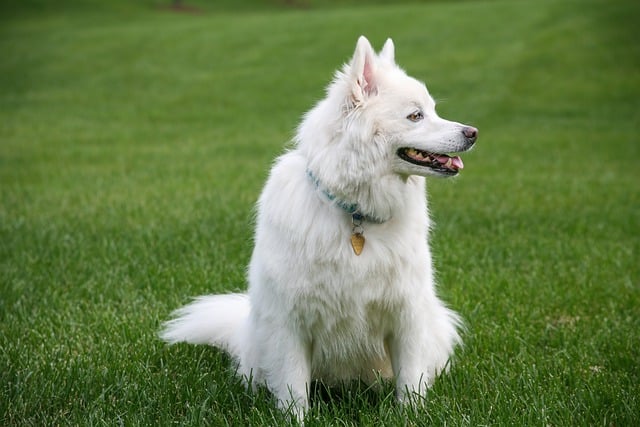Heat stroke in dogs is a life-threatening condition that requires immediate attention. Unlike humans, dogs cannot sweat to cool themselves effectively, making them more vulnerable to overheating in certain environments. Heat stroke occurs when a dog's body temperature rises above the safe range, typically over 104°F (40°C). Common causes include prolonged exposure to high temperatures, being left in a hot car, or intense physical activity without adequate hydration. Symptoms can range from excessive panting, drooling, and lethargy to more severe signs like vomiting, diarrhea, collapse, or seizures. Understanding these signs is crucial for early intervention, as untreated heat stroke can lead to organ failure or even death.
If you suspect your dog is experiencing heat stroke, immediate action is critical. First, move your dog to a cooler area, such as an air-conditioned room or a shaded outdoor space. Remove any collars or tight accessories that could restrict airflow. Next, begin cooling your dog gradually—rapid cooling can lead to shock. Use cool (not ice-cold) water to wet their fur, focusing on areas like the paws, abdomen, and armpits. You can also place cool, damp towels over your dog, ensuring you refresh them frequently to maintain their cooling effect. If possible, use a fan to circulate air around your dog to speed up the cooling process. Encourage your pet to drink small amounts of water, but never force it, as this could cause choking. These steps can help stabilize your dog while you arrange for veterinary care, which should always follow heat stroke symptoms to ensure full recovery.
Beyond the standard advice, there are some unconventional yet safe home remedies for dog heat stroke that can provide quick relief. For instance, using a spray bottle filled with cool water can help mist your dog’s fur and skin evenly. Another tip is to create a makeshift cooling station by filling a shallow kiddie pool with cool water and allowing your dog to stand or lie in it. If a pool isn’t available, a bathtub or large sink can work just as well. For hydration, offering ice cubes for your dog to lick is a gentler way to cool them down internally without overwhelming their system. You can also try electrolyte solutions made specifically for dogs, which help replenish lost fluids and minerals more effectively than plain water. These remedies can be life-saving in emergencies but should never replace professional veterinary care when needed.
Although home remedies can be effective for initial relief, it’s vital to know their limitations and when to seek professional help. If your dog’s symptoms persist or worsen despite your efforts, contact a veterinarian immediately. Warning signs that demand urgent medical attention include unresponsiveness, difficulty breathing, a bright red or pale tongue, or visible signs of shock like a rapid but weak pulse. Additionally, refrain from using ice packs or ice water to cool your dog, as these can constrict blood vessels and hinder heat dissipation. Always balance urgency with caution to avoid causing further harm while waiting for veterinary assistance.
Prevention is always better than treatment when it comes to heat stroke in dogs. Start by managing your dog’s environment—never leave them in a parked car, even for a few minutes, and ensure they always have access to shade and fresh water during outdoor activities. Limit exercise during the hottest parts of the day, opting for early mornings or late evenings instead. Recognizing early warning signs like heavy panting or reluctance to move can also help you intervene before heat stroke develops. For breeds more prone to overheating, such as brachycephalic (short-nosed) dogs or those with thick coats, take extra precautions by using cooling vests, mats, or even portable fans during travel or outdoor excursions. These proactive measures can significantly reduce the risk of heat stroke, keeping your furry companion safe and healthy in warmer weather.





